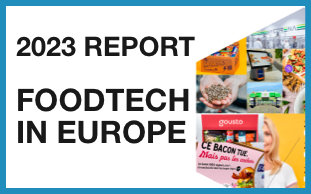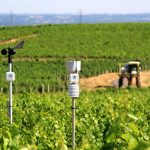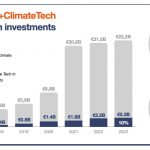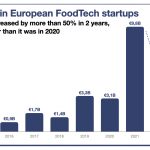As I keep saying, there has never been a better time to be an entrepreneur, notably around food, with so many challenges to work on. However, I should also say that as funding is going down (foodtech investments in the third quarter were really disappointing), things are getting far more complicated than they were at the start of the year. As we discussed recently, we see a limited (for now) downturn. In the FoodTech ecosystem, one category is especially suffering: robotics. Let’s have a look at recent failures and search for some reasons behind them.
In recent months, the number of down rounds (valuation of a deal being equal or below the last round) and startups shutting down or slashing in their workforce has been impressive enough that we can talk about a food & delivery robot ecosystem blowup:
- Starship technologies, the maker of a small delivery robot, laid off 11% of its workforce. Last week, Nuro, an autonomous delivery vehicle maker, laid off 300 people. Even amazon is scaling back on its delivery robot plans.
- DoorDash, which had acquired Chowbotics, a salad robot maker, shut it down. Pazzi, a pizza robot, shut down.

This isn’t even recent news. Food robot startups keep failing one after the other. It’s notably the case of Zume Pizza, which was once valued at around $4B after some funding from Softbank and then failed miserably as it was spending $10M daily.
Let’s stop here for examples. What is wrong with all of these startups, and why are they failing? I see at least four reasons (ranked, in my view, from the least to the most important) and how to overcome them:
1- Time & money, which is often the founders’ answer when you ask them why (food) robots startup fail: they had not enough of both to succeed. Indeed, hardware requires a lot of time and money. Improving your robot will take much more time than a 15-day software sprint. Beyond, as most electronic devices are made in China or elsewhere in South East Asia, it builds a strong dependence on far-away suppliers. In a word, if seed investors can be convinced with a vision, later-stage VCs may be harder to get on board when the economics are really complicated.
2- They don’t solve a real-world problem and are far from becoming profitable: what is the point of using a $25,000 robotic arm to serve coffee? Notably when it needs both a low-skilled worker to be supplied with beans and highly-qualified (and very expensive) engineers to keep it running? Too many ventures have experimented with that make no sense from a basic economic standpoint. Most can only be used in very controlled environments or for publicity stunts.
In a world where cars are still not autonomous and where after 10 years, Alexa is deemed a “colossal failure” by Amazon itself, can we really expect a robot to drive itself on the sidewalk to deliver food to our homes?
Beyond economics, have you ever heard someone asking for a solution that a food robot can answer? If it’s cheaper and more accessible quality food, yes, but that’s not something that most of the failing food robots startups were offering.

3 – The paradigm problem: when you look at the pictures above, you see extensive use of technology for robots to do things the way humans do. For a decade or so, entrepreneurs tried to emulate how food was made inside restaurants as their goal was to become a substitute for them. Hence the use of very costly robotic arms.
Now, new ventures are getting their inspiration from the food industry. Look at what startups such as Picnic for pizzas or Hyphen for salads (see above for pictures) are using much simpler technologies, which require a bit more humans but still greatly improve kitchen efficiency. A startup like Cook-e, is also developing an autonomous canteen based on mixing and heating various foods in bowls. These three examples look much more like mini food factories than robotic restaurants.
4 – It tastes bad, and the go-to-market strategy is blurry: I have tried some foods cooked by robots or vending machines, and to put it mildly, I rarely have, if ever, been impressed. Then, when we look at the business model, we observe that most new food robot startups are switching toward a B2B business model. Hence, startups avoid the cost and pain associated with developing their own network of locations.
In a word, I think this evolution was necessary. As for many food or non-food innovation ecosystems, we often have these phases of paradigm changes or hesitations. For example, in urban farming, should we do small interconnected farms or huge facilities? These questions can only be answered by experimentation which leads to damage. But at the of the day, the reasoning behind the use of robotics in food remains: we are faced with a shortage of workers for cooking and delivering while the demand is working. That’s why, with DigitalFoodLab, we are still strong believers in the future of robotics, even if it takes a little longer than expected.







